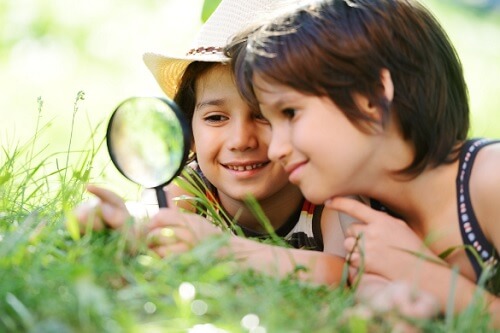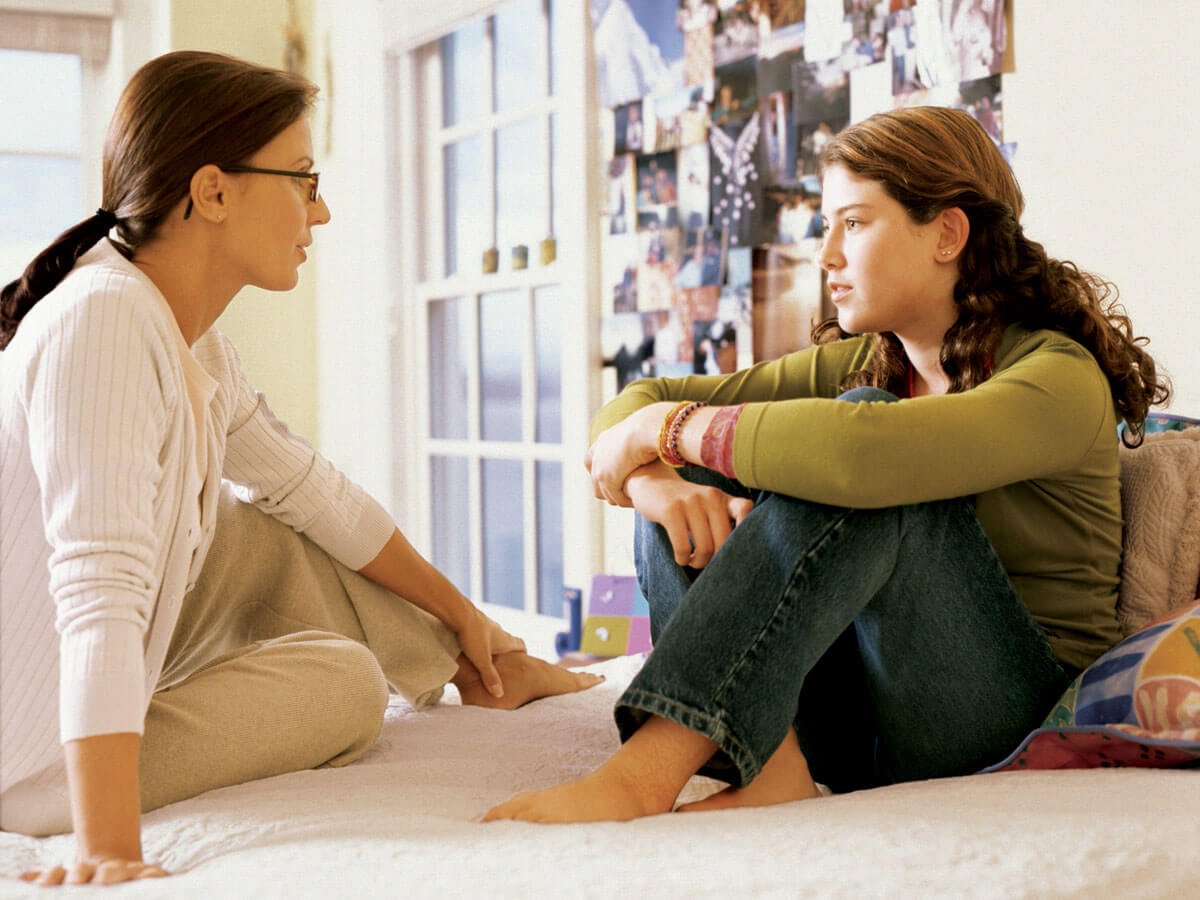Teach Children to Care for Public Property


Reviewed and approved by the psychologist María Alejandra Castro Arbeláez
Public property is that from which all people can benefit. It’s the material goods and spaces that are available for the enjoyment and use of society. We all depend on them, because, although we all have our own spaces and belongings, there are goods that are used and serve all equally no matter what the purchasing power or the capital that a person has.
Talking about public property with your adolescent child will be essential in order to educate them on how to behave every time they leave home, how their conduct should be towards the material goods that are at their disposal and which belong to the citizens of their community, state, and country.
We’ll talk about this topic in the following post.
How to take care of public property?
Public property and spaces are what’s found in areas where everyone has access, and they’re there to make life easier for people or to beautify the environment. Let’s say, for example, public lighting, park benches, ornamental plants that make the community more attractive, bus seats, public telephones, etc. These elements are available for use by the community, and every time they’re mistreated or destroyed, it affects the population as a whole.
No one has the right to damage what belongs to everyone, and this is a value that must be instilled in young people. That’s why you should make the following clear to your teen:

- Don’t write on the doors of your school bathroom, on the desk and chair where you sit, or on the walls of your classroom to leave your mark.
- Respect traffic signs. They should know that they’re there to guide and give a message to vehicles and passers-by. No ripping them off to take home and hang them in your room like a trophy.
- Take care of the garbage cans and mailboxes that are along the road and don’t mistreat or break them just to see how they break.
- Don’t walk on the grass. Use sidewalks for walking.
- Don’t pull the fibers from bus seats to entertain yourself while you arrive at your destination and don’t write on them either.
- When you’re standing and decide to lean against a wall, don’t put lift one of your feet and put the dirty sole of your food don’t the wall.
- When you use public pools, don’t eat food in the water or use clothing that’s not suitable for that activity. Don’t urinate or spit into the water, as that’s what the toilets are for.
Show your teens why it’s important to care for public property like it’s their own

The examples cited above are just a tiny part of the thousands of social indisciplines that teenagers commit on a daily basis. Although it’s true that they’re not the only ones who behave like this, because social indiscipline covers all age groups, much of the damage caused in public areas is caused by their hands.
Just by going out into the street, any of us can see how the effects of damage to public property. That’s why we believe that education in this matter, as in almost all matters, should start from home, spending time talking with your child and telling them why it’s important to care for public property.
Social behavior must be directed to the preservation of common wealth. Educate your child so that they don’t act like a rebel without a cause and so that, at all times, their behavior models what you’ve instilled in them, both inside the house and out in public. Tell them that public goods and spaces should be treated as if they were personal. They shouldn’t harm them, but rather, they should treasure them and take care of them so that in the future, they themself or those who come after them can use them.
Why take care of public property? Simply because it belongs to everyone and just as it benefits all, its detriment also affects everyone. Show them that no one should make use of their citizen’s right to tarnish what’s available to the public.
Public property is that from which all people can benefit. It’s the material goods and spaces that are available for the enjoyment and use of society. We all depend on them, because, although we all have our own spaces and belongings, there are goods that are used and serve all equally no matter what the purchasing power or the capital that a person has.
Talking about public property with your adolescent child will be essential in order to educate them on how to behave every time they leave home, how their conduct should be towards the material goods that are at their disposal and which belong to the citizens of their community, state, and country.
We’ll talk about this topic in the following post.
How to take care of public property?
Public property and spaces are what’s found in areas where everyone has access, and they’re there to make life easier for people or to beautify the environment. Let’s say, for example, public lighting, park benches, ornamental plants that make the community more attractive, bus seats, public telephones, etc. These elements are available for use by the community, and every time they’re mistreated or destroyed, it affects the population as a whole.
No one has the right to damage what belongs to everyone, and this is a value that must be instilled in young people. That’s why you should make the following clear to your teen:

- Don’t write on the doors of your school bathroom, on the desk and chair where you sit, or on the walls of your classroom to leave your mark.
- Respect traffic signs. They should know that they’re there to guide and give a message to vehicles and passers-by. No ripping them off to take home and hang them in your room like a trophy.
- Take care of the garbage cans and mailboxes that are along the road and don’t mistreat or break them just to see how they break.
- Don’t walk on the grass. Use sidewalks for walking.
- Don’t pull the fibers from bus seats to entertain yourself while you arrive at your destination and don’t write on them either.
- When you’re standing and decide to lean against a wall, don’t put lift one of your feet and put the dirty sole of your food don’t the wall.
- When you use public pools, don’t eat food in the water or use clothing that’s not suitable for that activity. Don’t urinate or spit into the water, as that’s what the toilets are for.
Show your teens why it’s important to care for public property like it’s their own

The examples cited above are just a tiny part of the thousands of social indisciplines that teenagers commit on a daily basis. Although it’s true that they’re not the only ones who behave like this, because social indiscipline covers all age groups, much of the damage caused in public areas is caused by their hands.
Just by going out into the street, any of us can see how the effects of damage to public property. That’s why we believe that education in this matter, as in almost all matters, should start from home, spending time talking with your child and telling them why it’s important to care for public property.
Social behavior must be directed to the preservation of common wealth. Educate your child so that they don’t act like a rebel without a cause and so that, at all times, their behavior models what you’ve instilled in them, both inside the house and out in public. Tell them that public goods and spaces should be treated as if they were personal. They shouldn’t harm them, but rather, they should treasure them and take care of them so that in the future, they themself or those who come after them can use them.
Why take care of public property? Simply because it belongs to everyone and just as it benefits all, its detriment also affects everyone. Show them that no one should make use of their citizen’s right to tarnish what’s available to the public.
All cited sources were thoroughly reviewed by our team to ensure their quality, reliability, currency, and validity. The bibliography of this article was considered reliable and of academic or scientific accuracy.
- Jordán, J. A. (1995). Concepto y objeto de la educación cívica. Pedagogía social: revista interuniversitaria.
- Molina Girón, L. A. (2013). ¿Cómo la escuela educa para una ciudadanía activa? Una experiencia de educación cívica ciudadana en Canadá. Multidisciplinary Journal of Educational Research, 3(3), 296-326. doi: 10.4471/remie.2013.17
This text is provided for informational purposes only and does not replace consultation with a professional. If in doubt, consult your specialist.








